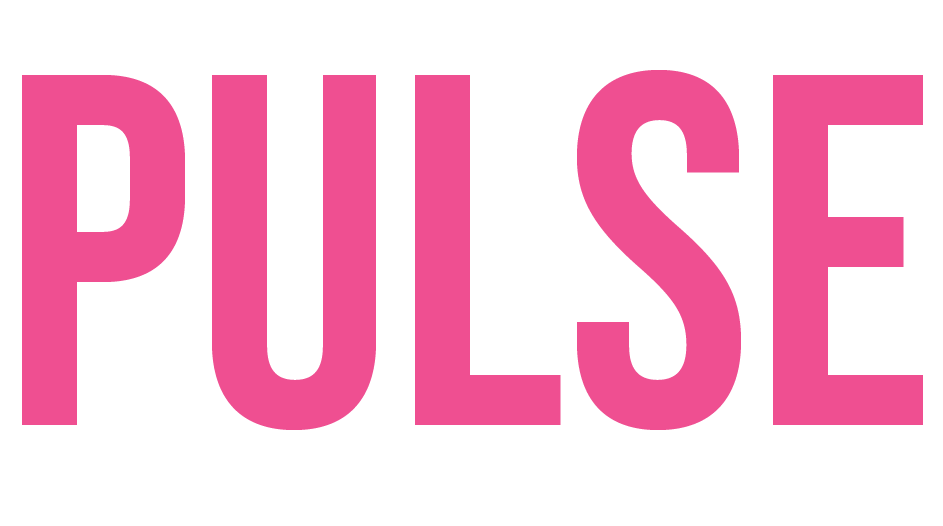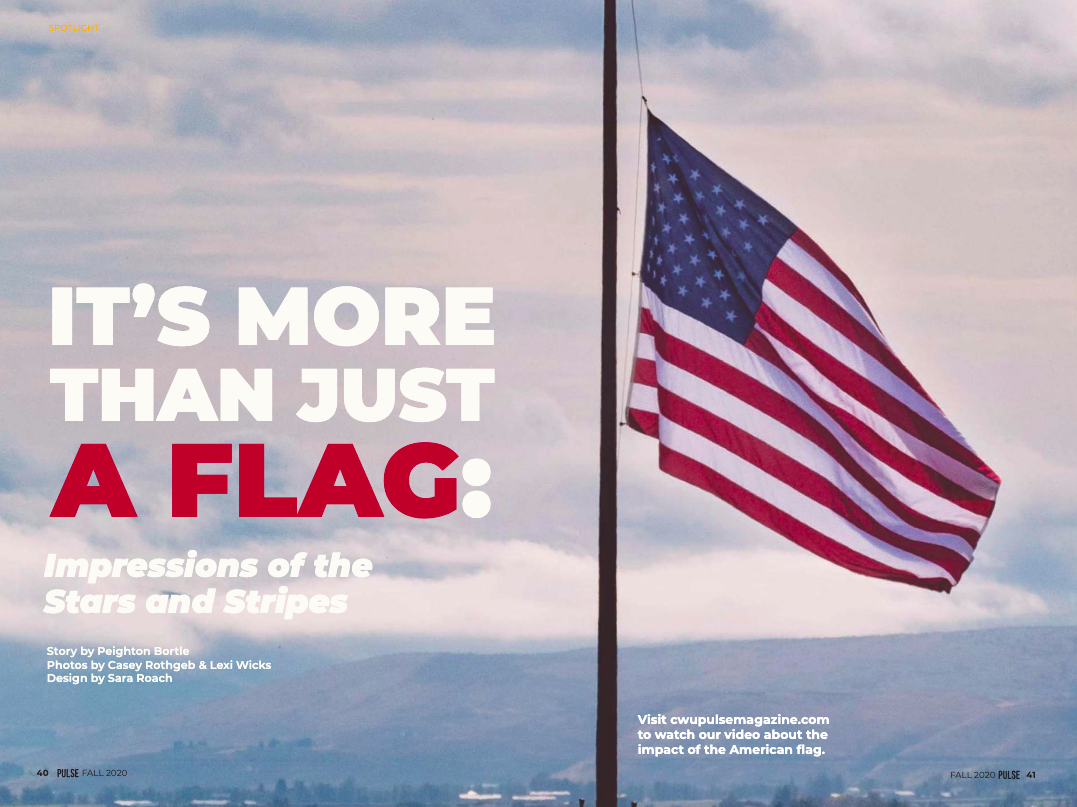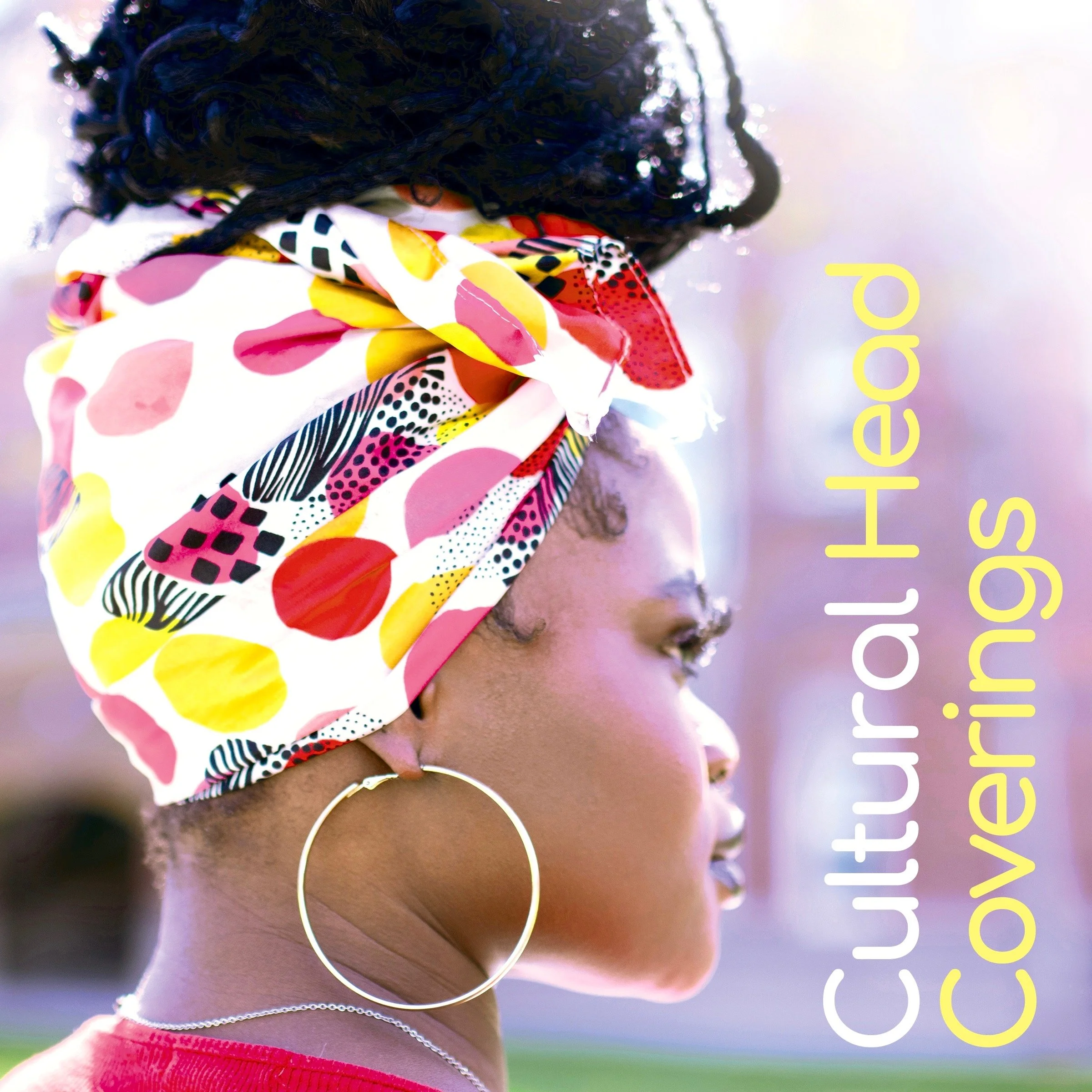It's More Than Just a Flag: Impressions of the Stars and Stripes
Story by Peighton Bortle | Photos by Casey Rothgeb & Lexi Wicks | Design by Sara Roach
Every day early in the morning, Tom Hanigan picks up the proper triangle of red, white and blue and goes outside to unlock the flagpole. Whenever he brings the nicely folded flag outside, he carries it tightly against his chest.
If he’s responsible for taking it down at night he cautiously lowers it, folds it back up into a perfect triangle and carries it respectfully back inside until the next morning when it has to be flown again.
As a Custodian at Skyline Elementary in Tacoma, Hanigan is responsible for setting up the American flag that flies in front of the school every day. From sunrise to sunset, “The flag never touches the ground. You have to make sure that it isn’t draped over and it doesn’t wrap around the flagpole so it flies freely,” says Hanigan. “In etiquette you carry it with respect, so I hold it closely against my body when I carry it out there.”
Flying the American flag in front or near public schools during school hours is a recommended form of practice, according to the Congressional Research Service.
The American flag is the most visible sign and well known symbol of the country, and is often shown to represent freedom and liberty in America. This is because in history, involving many wars, soldiers fought for the freedoms of this country.
“This [flag] at work isn’t the closest one to me, the one I have at home is the flag I flew when I deployed to Iraq and it’s the flag I flew … for my parents who are no longer with me. That one holds a bit more esteem and it’s more of a personal one,” Hanigan explains.
However, in the last fifty years this symbol has been held close to many citizens’ hearts while for others viewed as a representation they aren’t necessarily proud of. The flag can even be seen as a sign of protest in today’s political climate.
So why is it that the symbolism of the American flag has become more political and controversial today? The way the U.S. flag is viewed and used can vary between two important categories: cultural backgrounds and careers.
Contrasting Culture
According to a 2007 survey conducted by the Pew Research Center, Republicans make up 73 percent of those who display their flag at their home, office or their car. 55 percent of Democrats and 63 percent of Independents also display their flags in these locations.
Since the American flag can be the most visible sign for the country, protesters around the world use this symbol to gain even more power in their voice by processes such as burning, which is a form of symbolic free speech.
While some see it as disrespectful, this action is taken by the idea that if the American flag is ruined or burned in any way, it can reveal that the nation is in distress, the presence of unfair treatment or conflicts preventing national unity.
Student at the University of Washington Bothell and officer in the Black Student Union, Diana Muuru, says was raised here in Washington and her family is originally from Kenya. While her family has kept the traditions and morals of an African Household, she believes “some people feel as though they are not appreciated or represented, or feel as though [the flag] is a symbol of oppression and separation.”
“It may not feel like it is a part of them. They may not feel the unity and togetherness as it once meant, and is not there anymore,” she adds. This can
be the case for people who do not feel represented by the flag or who have different home countries.
“[The American flag] is definitely my country’s flag, but I also belong to another country as well. I always wear my Kenyan bracelets with the Kenyan flag on them,” Muuru says.
In the U.S. many people are represented by more than just one flag, and feel they belong to more than just one country. United States military veteran and law enforcement officer Ryan Bradley says, “People will attach their own subjective views on the flag and what it means to them … Historically looking at it … it represents the ability for people to choose their own way of life.”
Citizens of other countries have continually shown their views of this country as the beginning of a new life. But with the recent rise in political conflict, “the country is less of a whole, with such different views,” says Muuru.
A Military Perspective
Aside from controversy, very few know how the flag is physically used and handled, especially in the military.
With Bradley’s experience in the military, he explains his interpretation of the American flag changed. “I was taught about [the flag] but it didn’t really resonate with me until I went into the military myself. That’s where I’d say I really identified more with what the flag represents because I was wearing it on my uniform every day.”
In the military, the American flag is an immense part of customs and courtesies.
“Before we do a formal event, there’s an armored Honor Guard that marches [with] the flag. The first time you go through it and see it in front of you, you think ‘wow, that is some really heartfelt and meaningful stuff.’ You realize you have taken an oath and that’s what you fight for,” Bradley says.
The flag represents something much deeper in the military, especially in ceremonies and events.
“You have to weigh it with caution because of what it does represent, and what it might represent with other people. And for some people it represents the sworn enemy,” says Bradley. “Whether it is protest or not … even when I was stationed overseas for a short period of time … there was a generation that didn’t want us there.”
Hanigan had experience in the military as well, and mentions, “It’s personal to each individual. Since I [raise the flag] every day it becomes part of a normal routine, it could have less meaning, but compared to ceremonies and special occasions, it takes on a different meaning.”
Had there not been any personal military experience, Hanigan implies his compassion for the American flag would not have been the same in his day-to-day routine at the elementary school.
“When I’d raise the flag on base, there’s [a] very specific protocol on how you march up there and salute the flag,” he says. “I am retired military so I’ve done flag ceremonies which are a lot more emotional.”
Views of the red, white and blue vary in so many ways. It may seem questionable at first whether or not your job can determine how you see the American flag, but considering military involvement, this can be one of the biggest factors in ultimately creating a certain feeling for the country’s symbol.
What Does the Flag Mean to You?
Between generations, cultures and careers, the U.S. flag has been accustomed to a collection of dividing judgment and variation of understanding.
“It can definitely be taken for granted because it’s not something that is on everyone’s minds every single day,” says Hanigan. “Not a lot of people have just sat down and thought ‘hey, what do I think about the flag?’”
Sometimes it is easy to forget what the flag even means anymore, and maybe you just never really knew enough about it. “I’ve noticed that people just put up a flag maybe for decoration and don’t know the meaning of it because it’s just the thing to do here,” Hanigan points out. “So there’s always been more to it than what many people are aware of, and more than just a decorative piece above your garage.”
The American flag is seen in more array than what it used to, and whether it is utilized as a sign of protest or saluted each day by military veterans, the flag has certain levels of meaning in each pair of eyes.














